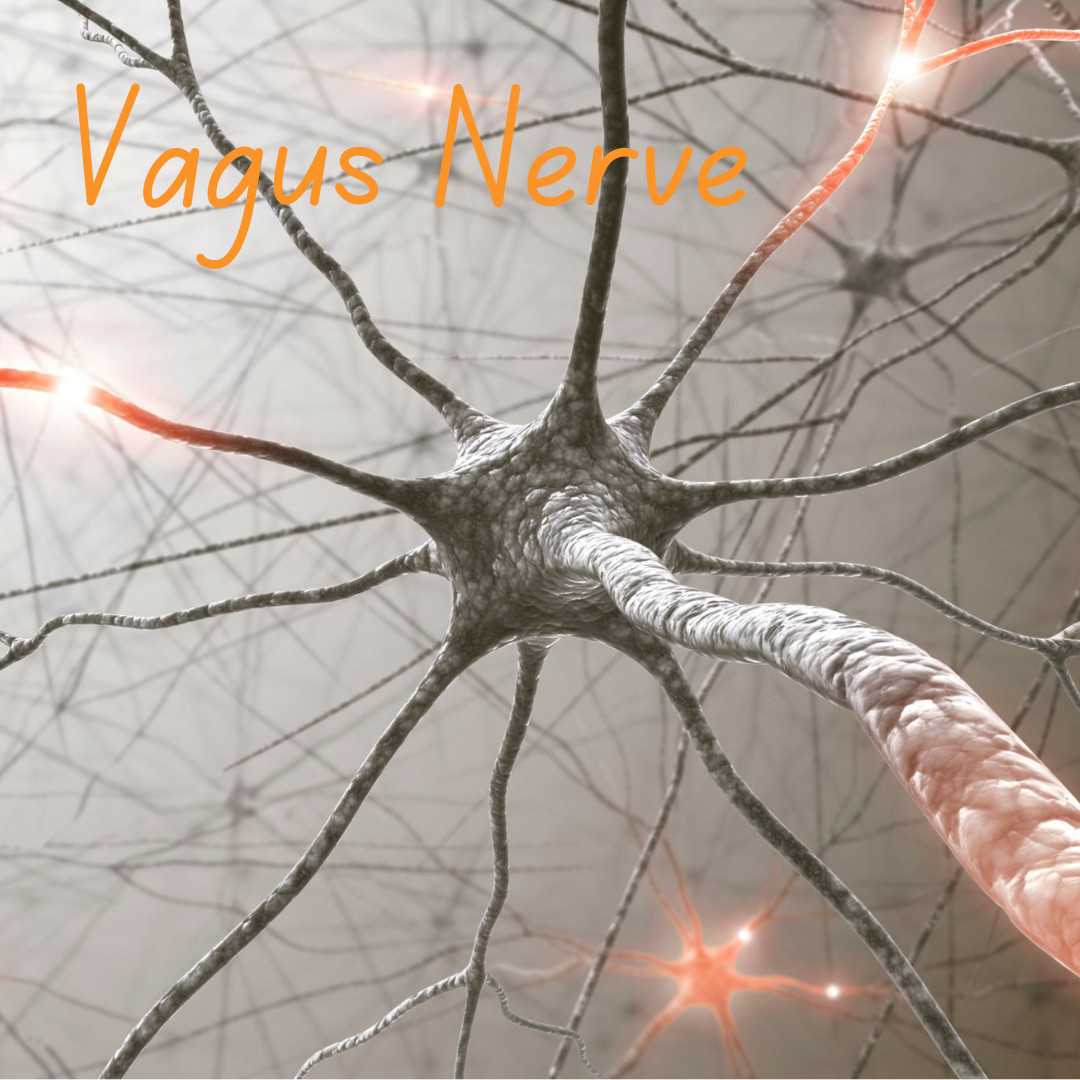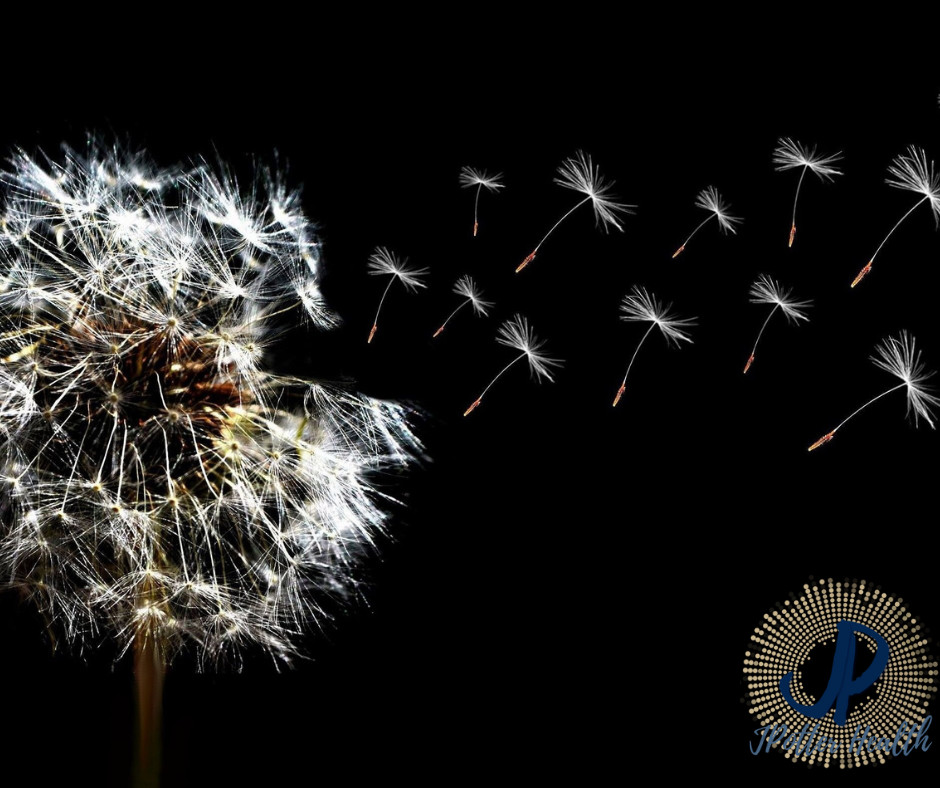
Anxiety can often feel overpowering, affecting our mental, emotional, and even physical well-being. While there are various methods to combat anxiety, stimulating the vagus nerve has emerged as a scientifically supported technique. The vagus nerve, a prominent nerve that connects the brain to the rest of the body, plays a vital role in regulating stress response and promoting relaxation. In this blog post, we dive into the science behind vagus nerve stimulation and explore effective techniques to calm anxiety.
anxiety, stimulating the vagus nerve has emerged as a scientifically supported technique. The vagus nerve, a prominent nerve that connects the brain to the rest of the body, plays a vital role in regulating stress response and promoting relaxation. In this blog post, we dive into the science behind vagus nerve stimulation and explore effective techniques to calm anxiety.
 anxiety, stimulating the vagus nerve has emerged as a scientifically supported technique. The vagus nerve, a prominent nerve that connects the brain to the rest of the body, plays a vital role in regulating stress response and promoting relaxation. In this blog post, we dive into the science behind vagus nerve stimulation and explore effective techniques to calm anxiety.
anxiety, stimulating the vagus nerve has emerged as a scientifically supported technique. The vagus nerve, a prominent nerve that connects the brain to the rest of the body, plays a vital role in regulating stress response and promoting relaxation. In this blog post, we dive into the science behind vagus nerve stimulation and explore effective techniques to calm anxiety.1. Deep Breathing Exercises
One simple yet effective method to stimulate the vagus nerve is through deep breathing exercises. By taking slow, deep breaths, you activate the diaphragm and stimulate the vagus nerve, triggering the relaxation response. Several studies have shown that deep breathing positively affects heart rate variability—a measure of the vagus nerve's activity—in individuals with anxiety disorders. To implement this technique, inhale deeply through your nose for a count of four, hold your breath for a count of four, and then exhale slowly through your mouth for a count of eight, repeating for a few minutes.
2. Cold Therapy
Engaging in cold therapy, such as cold showers or immersing your face in icy water, can elicit a powerful stimulation of the vagus nerve. The cold triggers the "diving reflex," which works in tandem with the vagus nerve to reduce heart rate and blood pressure. A study published in the Journal of Clinical Psychopharmacology found that this method significantly reduced anxiety symptoms in participants. While the idea of cold therapy might seem uncomfortable, the potential benefits it offers for calming anxiety make it worth considering.
3. Meditation and Mindfulness
Both meditation and mindfulness practices offer a dual benefit—they enhance relaxation while also bolstering vagal tone, which is a measure of vagus nerve activity. Engaging in regular meditation sessions or incorporating mindfulness into your daily routine can positively impact anxiety levels. Multiple studies have demonstrated that meditation and mindfulness practices increase vagal tone, leading to reduced anxiety symptoms. Consider dedicating at least 10 minutes each day to focus on your breath, embrace guided meditation apps, or join mindfulness workshops to harness the vast potential of these practices.
 4. Singing, Chanting, and Humming
4. Singing, Chanting, and Humming Unleash your inner songbird, as engaging in singing, chanting, or humming can provide notable vagus nerve stimulation to alleviate anxiety. Such activities improve respiration and heart rate variability, promoting relaxation responses. In a study by researchers at the University College London, participants who sang together experienced higher levels of oxytocin, a hormone associated with bonding and relaxation. So, whether it's belting out your favorite tunes, joining a choir, or incorporating chants and mantras into your routine, vocalizing can have a direct impact on activating the vagus nerve and soothing anxiety.
5. Yoga and Exercise
Practicing yoga and engaging in regular physical exercise not only benefit your physical health but also play a crucial role in stimulating the vagus nerve. Yoga poses, such as the "cobra" or "bridge," stretch and activate the throat and neck areas, stimulating the vagus nerve directly. Furthermore, moderate-intensity aerobic exercises, like jogging or cycling, elevate heart rate variability and vagal tone, leading to a sense of calm. Incorporating yoga poses or cardiovascular exercises into your routine for 20-30 minutes a day can significantly contribute to managing anxiety symptoms.
Stimulating the vagus nerve offers a simple yet scientifically supported pathway to calm anxiety symptoms. Incorporating deep breathing exercises, cold therapy, meditation and mindfulness, singing or vocalizing, and yoga or exercise into your routine can provide effective results. By embracing these techniques, we can tap into the body's natural relaxation responses and empower ourselves to confront anxiety head-on. Remember, managing anxiety is a process—be patient with yourself and explore what combination of these methods works best for you.















0 Comments